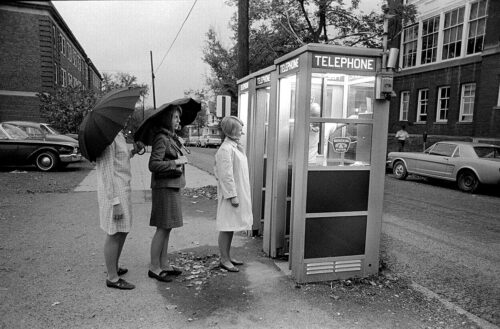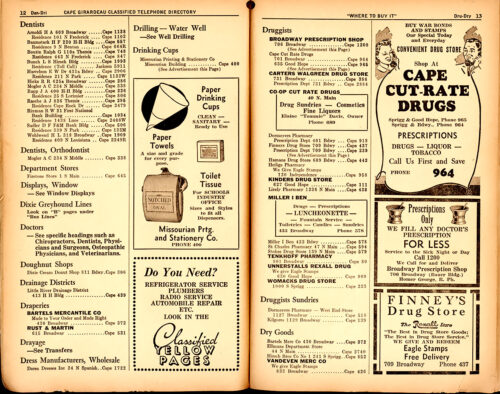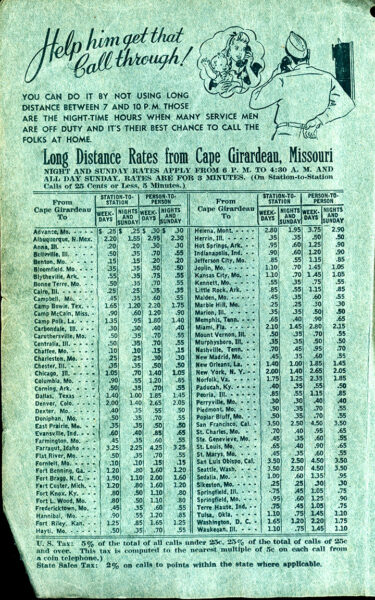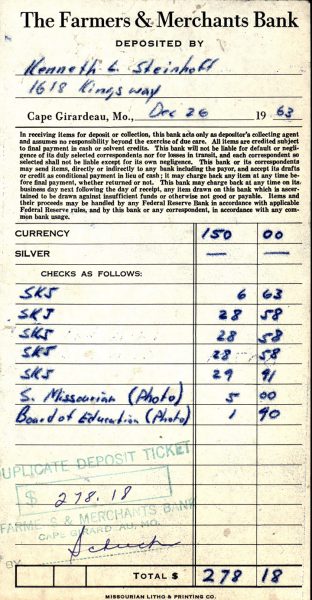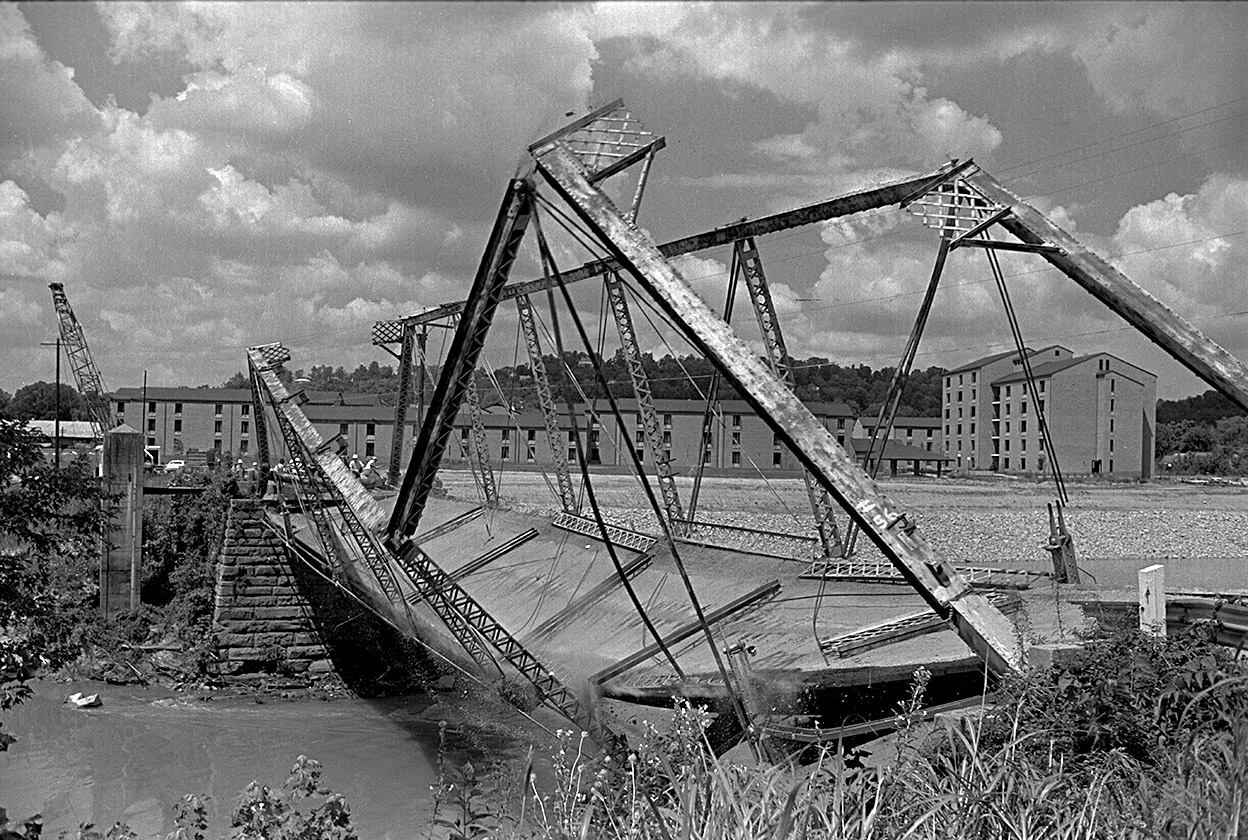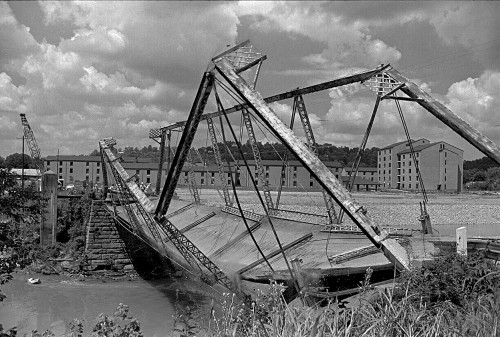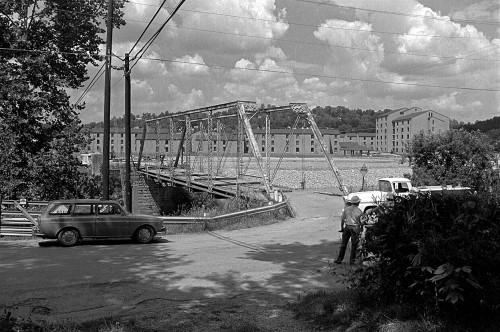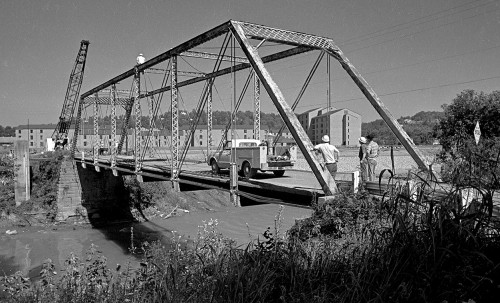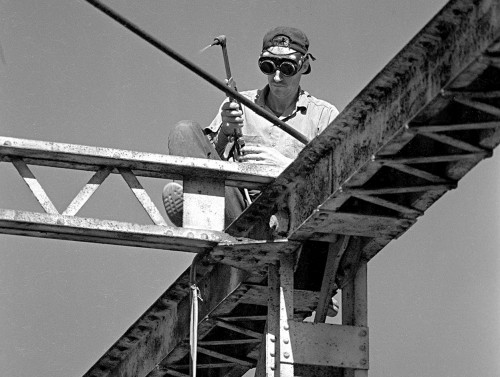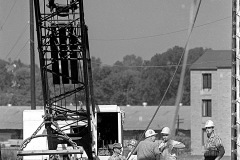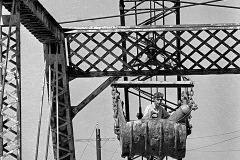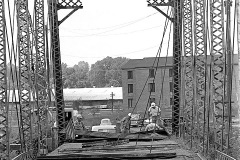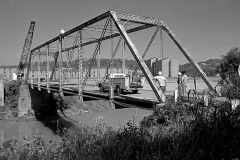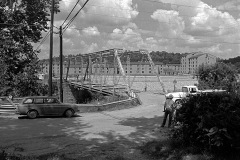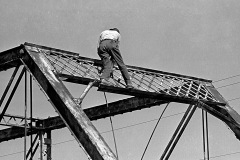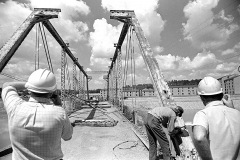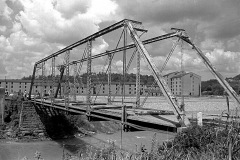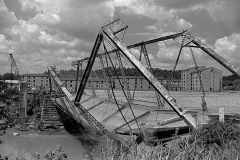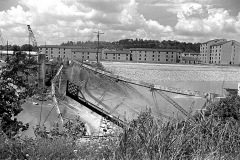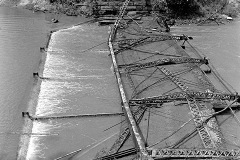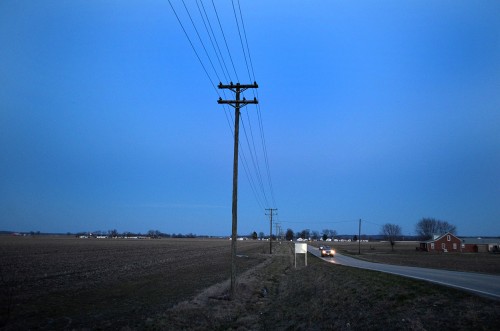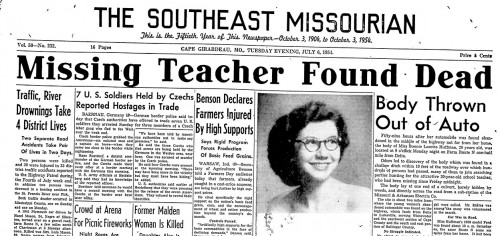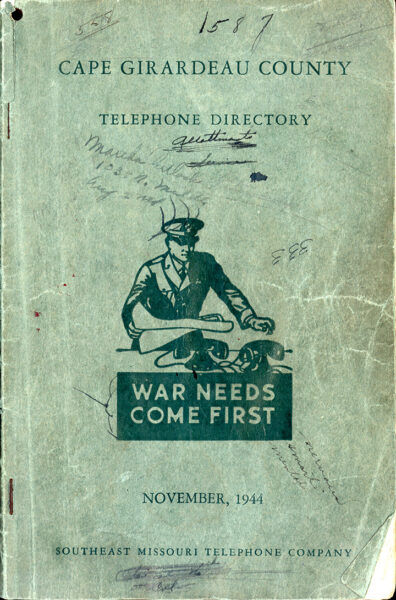
I was browsing through the November 18, 1918, Southeast Missourian when I saw there was a big controversy brewing. The phone company was petitioning the state utility commission to allow them to either raise rates on all users, or end free calling between Cape Girardeau and Jackson, and make it cost a dime a call.
Darned students are hogging the lines
Cape Girardeau Bell Telephone said that from 500 to 700 calls a day are handled between the two cities daily. Their records show that at least 75 percent of the calls are for “social purposes. Students are frequent users of the line. Young people get much enjoyment talking to friends in the other town. Much visiting is done over the phone.”
Business calls were being blocked
The phone company complained that the 25 percent of the calls going to “essential business” has to wait until the 75 percent of social business is taken care of.
“Every businessman knows that not once in a hundred times can he get a prompt connection with Jackson, but must wait from a few minutes to a few hours.”
What’s the problem?
The phone company manager said there are only six lines between the two towns. If the free service is continued, he claimed that he would have to put in seven more lines to take care of the business that has grown through the free rate.
He estimated that the calls would drop from 600 a day to about 100 a day if the ten-cent toll was approved.
[In comparison, my old paper, The Palm Beach Post could handle more than 300 phone calls at once. I was on vacation when I was offered the job of telecommunication manager. As I was driving through Old Appleton, I thought, if I take this job, I’ll have a bigger phone system than most of the towns in SE Missouri.]
Missourian was vexed
The Missourian editorialized that it “is not fully enough advised regarding the facts in the case to offer any suggestions for a solution, but it knows from its daily vexation that something should be done to clear the Cape-Jackson lines in order that essential business may be transacted with a little more promptness.”
The dime charge must not have been approved because this table of long distance charges doesn’t show one for Jackson.
I vaguely remember Jackson as being long distance when I was a kid, but I could be wrong. Anybody know for sure?

